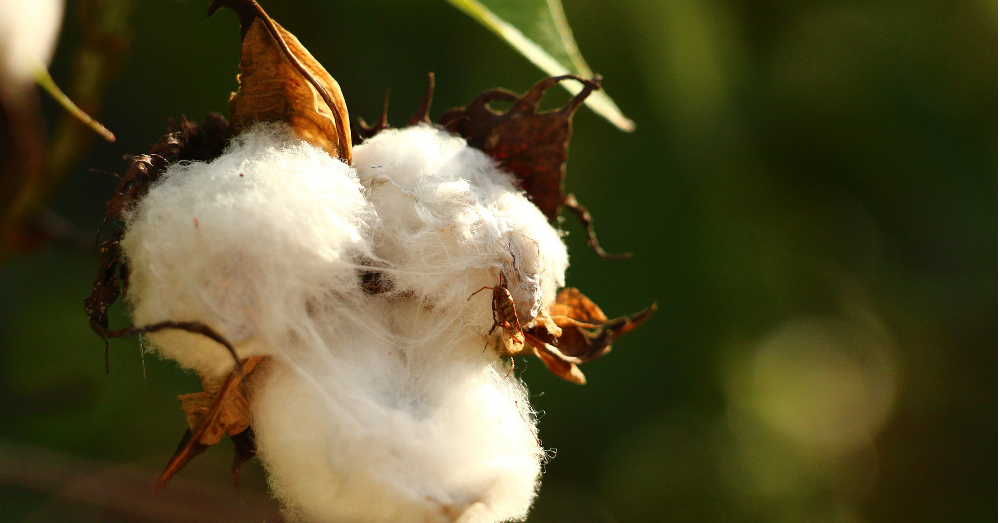
A Soil-to-Soil Vision for the Fashion Revolution
From conventional cotton production, which uses a staggering amount of pesticides, to petroleum-based toxic dyes, to exploited factory workers, there are many reasons that it is past time to transform the way we get our clothes.
September 1, 2017 | Source: Fair World Project | by
From conventional cotton production, which uses a staggering amount of pesticides, to petroleum-based toxic dyes, to exploited factory workers, there are many reasons that it is past time to transform the way we get our clothes.
From their origins in Northern California, Fibershed is trying to do just that. Their long-term vision is “an international system of regional textile communities that enliven connection and ownership of ‘soil-to-soil’ textile processes.” To get there, they are developing regional regenerative fiber systems and working with farmers, ranchers, natural dyers and mills to implement carbon farming, rebuild regional manufacturing and connect us all more closely with the landscape that grows what we wear.
Fair World Project’s Anna Canning sat down with founder Rebecca Burgess to talk a bit more about her vision for strong local fibersheds all around the globe.
At Fibershed, your mission is to develop “regenerative fiber systems.” Can you talk a bit just about what regenerative fiber is, before we even get to the systems part?
There are two ways that we work to develop regenerative fiber. One is to take a more traditional Life Cycle Assessment (LCA) approach, where you are tracking carbon literally on a molecular level through a cycle, focused mostly on above-ground emissions. But we have looked at that model, and we have identified that when you are looking at fiber – or food, or anything grown in the biosphere – there is a bigger carbon story than just emissions. Instead, one ought to consider the relationship between the atmosphere and the pedosphere (the soil carbon pool) to really get an understanding of the net impact, from a carbon perspective, or a food or fiber product.
But for us, “regenerative” is not just about mapping the carbon molecules through all the carbon pools. When I consider regenerative fiber, I like to take a step back and look at a farm or a ranch or a shepherd/shepherdess grazing operation and ask “What are the opportunities for carbon capture that this land manager can operationalize, given the biological, social and economic environment in which they find themselves? What are the capabilities that we could inspire within this land manager, given all these conditions?”
